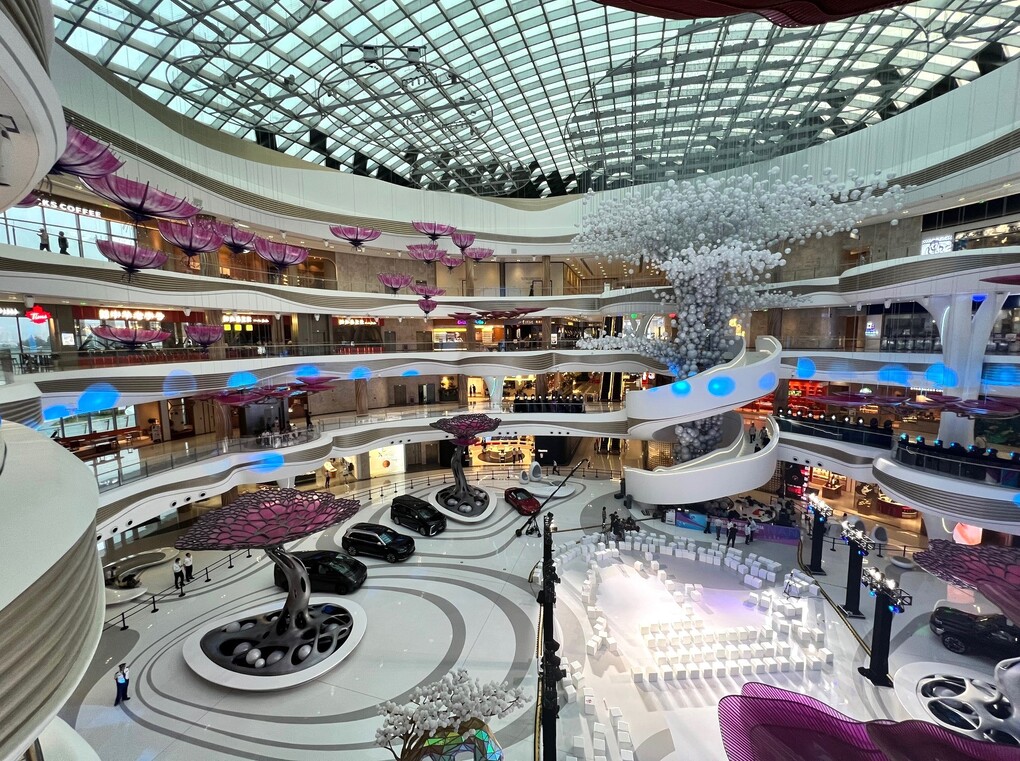SWITZERLAND/INTERNATIONAL. Research agency m1nd-set has launched a new passenger profiling analysis tool as part of its Business 1ntelligence Service (B1S).
The new tool provides a better understanding of the mix of nationalities, reach of destinations, airline mix as well as origin and destination combination, according to m1nd-set. It has been made available following the recent launch of a new airline module in B1S.

Switzerland-based m1nd-set said B1S subscribers could use the tool to understand the conversion potential at airports, based on their respective passenger mix, and diversity of profile. The diversity profile is defined by m1nd-set as both the number of nationalities travelling through an airport as well as the number of final destinations reached from an airport.
B1S features data from more than 100 000 interviews with passengers at airports and an extensive air traffic database. As such, m1nd-set said the new service can also draw “concrete and relevant” conclusions on the correlation between airports by level of diversity and shopper spending behaviour.
Some of the world’s leading airports in terms of international passenger numbers rank significantly lower on the airport diversity scale, according to m1nd-set, and this is particularly prevalent in Asia and North America.

“The new service enables marketers to plan marketing campaigns with far greater understanding of the passenger mix,” said B1S Director Pablo Saez-Gil. “Looking at airports by sheer size alone is not enough. It is no longer all about the numbers, but how these numbers then break down into passenger profiles by destination, taking into account the connectivity ratios at each airport.”
Saez-Gil noted that “hub and spoke” airports have very different passenger profiles as well as numbers. “International hub airports vary in passenger type, based on the concentration of nationalities, number of destinations and even final destinations, for passengers connecting more than once,” he said.
“All these variables create quite different scenarios when we analyse the passenger satisfaction scores, shopping behaviour and overall spend. We can see for example that the more diverse and cosmopolitan airports do not necessarily have a higher average spend in the duty free shops.”












